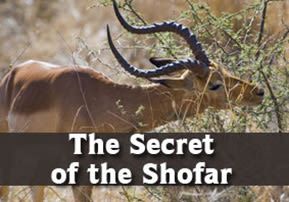
The Secret of the Shofar
After having told the story of "The King and the Woodsman", here is a brief interpretation of the underlying imagery.

The King and the Woodsman, Part 5 interpretation
After having told the story of “The King and the Woodsman”, which we concluded last week, with Hashem’s loving grace, here is a brief interpretation of the underlying imagery.
“The King and the Woodsman” reveals the secret of the shofar – the ram’s horn trumpet – that we sound each morning during the month of Elul, and again on both days of Rosh Hashanah, and once more on the termination of Yom Kippur when we conclude the Neila service.
King Gustav symbolizes The Almighty, King of Kings. The palace is symbolic of the heavens, while the forest symbolizes this lowly physical world. The King wanders from the palace to the forest, allegorical to The Almighty revealing Himself on this earth.
In the woods, the different bands of robbers represent the different nations of the earth. They all scoff and ridicule King Gustav, and no one accepts him or believes that he’s really the King. Only Vassily – who symbolizes the Jewish people – recognizes the King. Similarly, the Talmud teaches us (tractate Avoda Zara 2b) that The Almighty offered the Torah to all the nations, but each refused it for different reasons: One nation refused to refrain from murder, another refused to discontinue stealing, a third refused to outlaw adultery, and so forth.
Only the People of Israel accepted the Torah unconditionally, saying na’aseh ve’nishma, “we shall perform the commandments and then hear about them,” dedicating their lives to Hashem even before they knew what Hashem required of them. In like manner, Vassily rescues the King with no ulterior motive, first “doing” and then “listening” to the King’s offer that he come live in the palace.
While the other ministers were preoccupied with personal gain, Vassily motives were totally altruistic, fueled by his desire to uplift the simple subjects of the Kingdom. Likewise, whereas the nations of the world are self-oriented, the Jewish people are “light unto the nations” with the task of spreading emuna and spirituality around the globe until every inhabitant of this earth calls Hashem’s name. The nations of the world grit their teeth in hate and envy of the Jew, just as the other ministers were so fiercely jealous of Vassily and waiting for the opportunity to topple him.
The King of course treated Vassily like a son, which symbolizes the special parental relationship that Hashem has with His beloved Jewish sons and daughters.
 When Vassily is about to be executed, he dons his old woodsman’s garb, made from sheepskin, indicative of the ram’s-horn shofar. As such, King Gustav flashes back to his predicament in the woods, when Vassily – then the sheepskin-clad woodsman – saved the King’s life.
When Vassily is about to be executed, he dons his old woodsman’s garb, made from sheepskin, indicative of the ram’s-horn shofar. As such, King Gustav flashes back to his predicament in the woods, when Vassily – then the sheepskin-clad woodsman – saved the King’s life.At Mount Sinai, when Hashem revealed Himself to give the Torah to Moses and the People of Israel, the sound of the shofar was heard from all four directions like thunderbolts (see Exodus 19:16). The shofar is therefore a key symbol of G-d’s revelation on Mount Sinai at the time He presented us with the Ten Commandments. We sound the Shofar during the days preceding our fateful trial on Rosh Hashanah, when we all face the worse charges in the world by the evil accusing angels. In our parable, Puzhnikov and his henchmen, represent the accusing angels who are constantly trying to blacken the name of Israel and to find fault with Hashem’s chosen people.
The shofar also reminds Hashem of the Akeida, when our forefather Abraham was willing to sacrifice his beloved son Isaac if Hashem so desired. In like manner, Vassily was willing to sacrifice himself to save the King.
Vassily’s woodsman garb performs the same task as the shofar, to remind the King of what happened on that fateful day back in the woods, when no one else recognized him. With our shofar, we too remind Hashem that we are the same people who accepted His Torah when no other nation agreed to, a fact so strong in itself to convince Hashem to throw away all charges against us. We are also the descendants of Abraham and Isaac who throughout history have sacrificed ourselves in the sanctification of Hashem’s Holy Name.
The day of Vassily’s trial represents the fateful life and death trial of Rosh Hashanah. The day of the execution, when the King was required to sign the high court’s verdict of a death sentence, represents Yom Kippur and Hoshana Raba, when the verdicts of Rosh Hashanah are signed and delivered. Just as the King tossed and turned the night before the execution, by our remaining awake all night on Hoshana Raba, our prayers and learning don’t allow The King to slumber, so to speak, for Hashem listens to everything we say. Hashem – The King of Kings – sees how His chosen people act like angels and consequently destroys the harsh judgments.
Just as Vassily was restored to full honors, may the Jewish people soon see their complete redemption with the coming of Mashiach and the rebuilding of our Holy Temple in Jerusalem, speedily and in our days, amen.



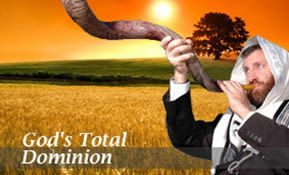
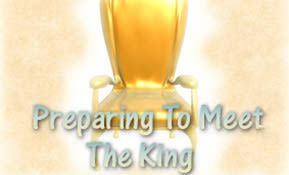
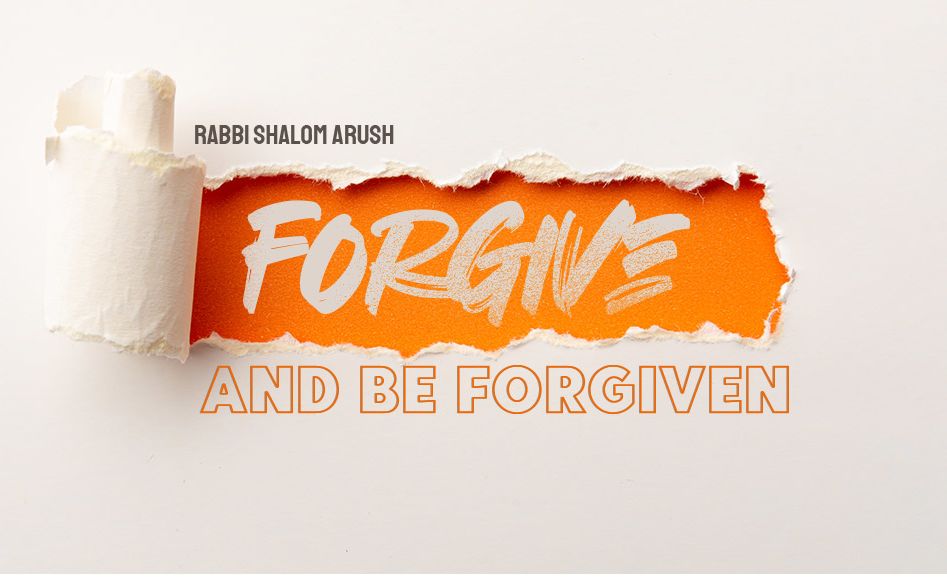
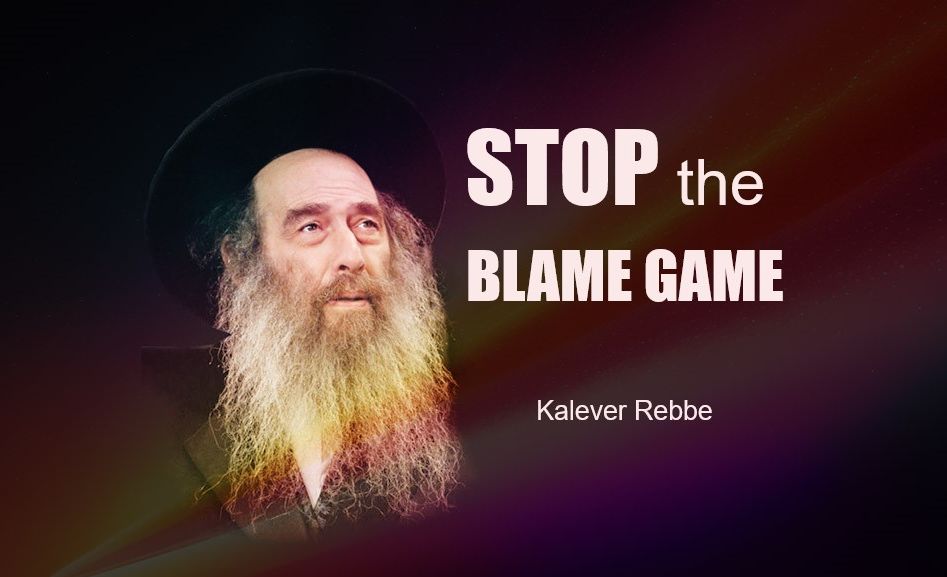
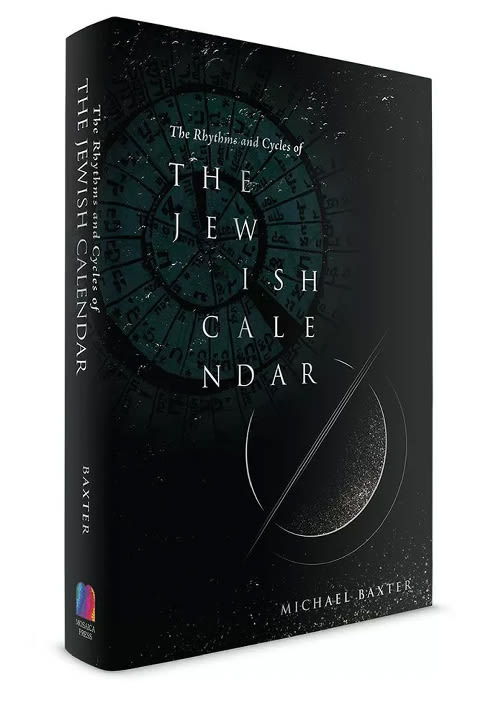
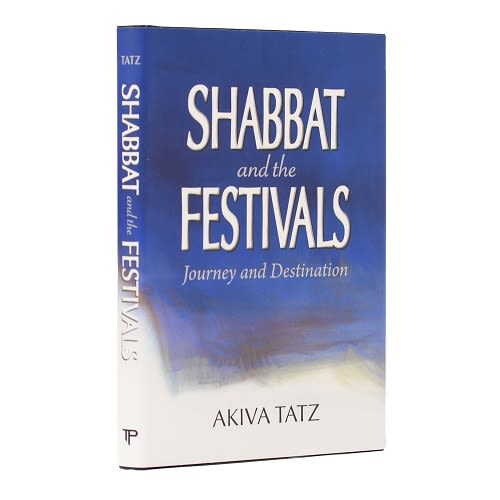

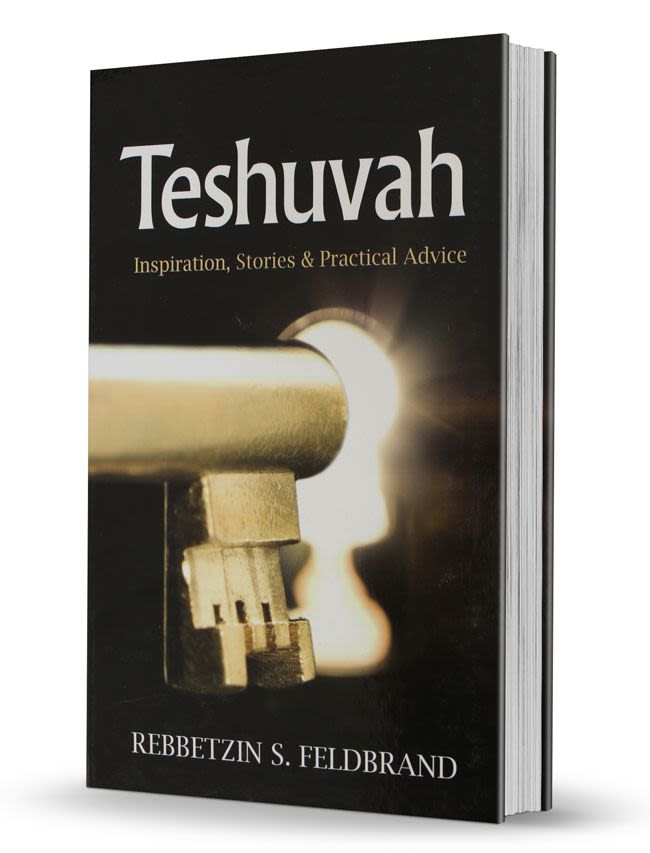

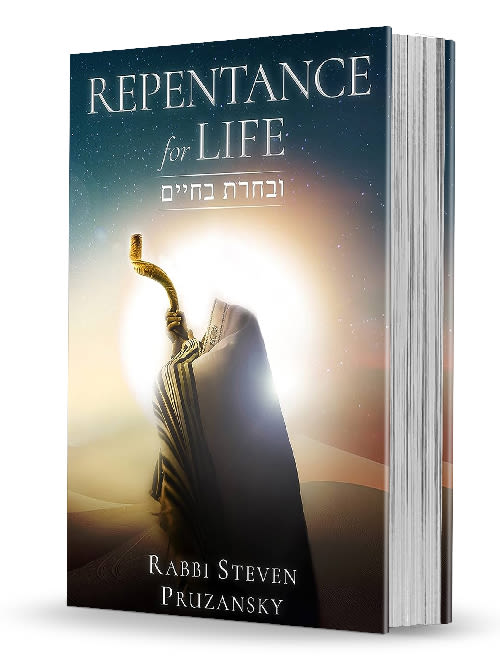
Tell us what you think!
Thank you for your comment!
It will be published after approval by the Editor.